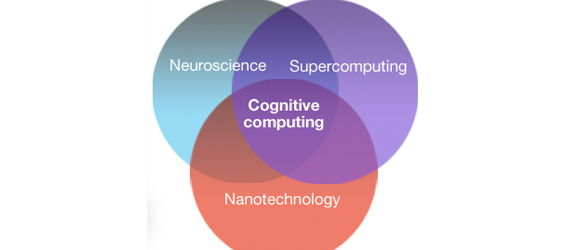Cognitive Computing Breakthrough: IBM Simulates 4.5 Percent Of Human Brain
This article is more than 2 years old
 Take a moment to appreciate the human brain and the brilliance of its design. We make supercomputers that dwarf the brain’s ability to store and access information, but even the most advanced computers on the planet have infinitesimal processing power in comparison. Trying to simulate the power of brains, IBM has set out to reproduce the processing power equivalent of animal and human brains.
Take a moment to appreciate the human brain and the brilliance of its design. We make supercomputers that dwarf the brain’s ability to store and access information, but even the most advanced computers on the planet have infinitesimal processing power in comparison. Trying to simulate the power of brains, IBM has set out to reproduce the processing power equivalent of animal and human brains.
Blue Gene, the IBM supercomputer used for the experiment, was able to fully simulate a mouse, cat, and rat brain. They required just 512 processors, each of which is the equivalent of what’s in a standard home computer with 1 gigabyte of memory, to achieve the power of a mouse brain. IBM was able to get 147,456 processors working in parallel to start on the path to human brain simulation.
This astounding number of processors equals about 1.6 billion neurons and 8.87 trillion synapses in the human brain. It just so happens that this represent roughly 4.5% of our brain’s power. The study on cognitive computing by the group in Almaden is laid out in detail here.
The research group is dedicated to figuring out how to make cognitive computing a reality. Beyond just pure power, the human brain is a model of efficient use of energy. The average home computer uses somewhere around 60-250 watts of electrical power to operate, while the human brain can perform tasks that thousands of times more complex with just 20 watts. And that’s all in that space between your ears.
IBM hopes to be able to fully achieve, or come damn close, to human brain simulation by 2019. Whether they do or not, it’s still a marvel how incredibly efficient and powerful our brains are.












